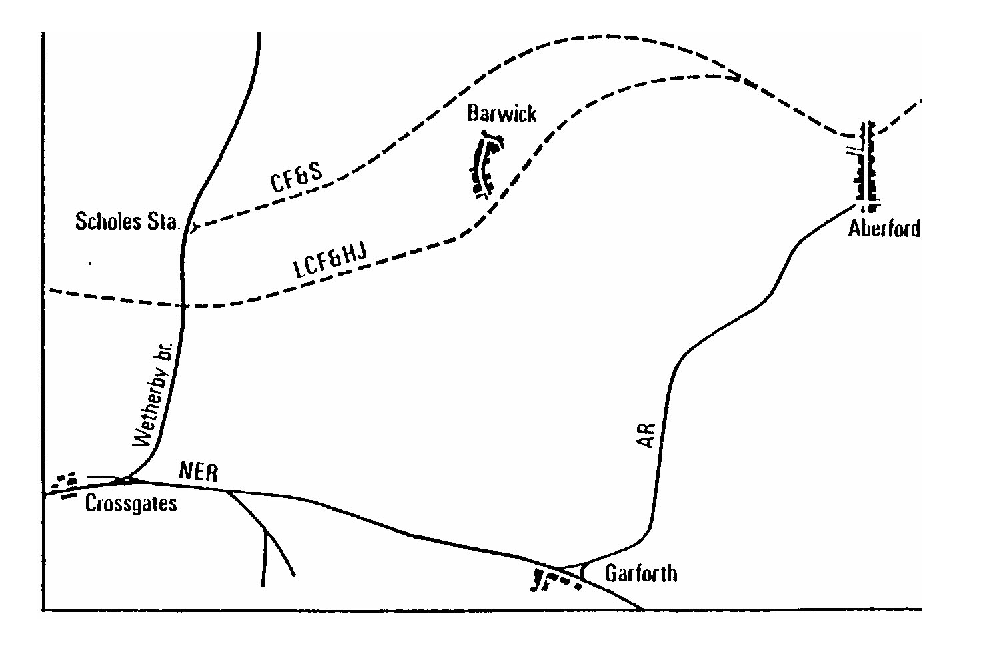| Farmer George Cooper complained of how the
York & North Midland had overcharged him for conveying manure
from Leeds to Shippen over the Leeds & Selby. John Clapham, who
farmed at Stank House, said that the Leeds & Selby might as well
be closed entirely for all the good it was as a passenger line, and
of the two lines that would affect him he preferred the Leeds York
& Midland Junction. It would do the least damage to his property
whilst Hudson's would pass close to his house on a 30 ft
embankment. George Scrivener, farmer and tallow chandler of
Aberford, felt that the Leeds York & Midland Junction would offer
greater facility to the locality, as well as breaking the present
York & North Midland monopoly. |

